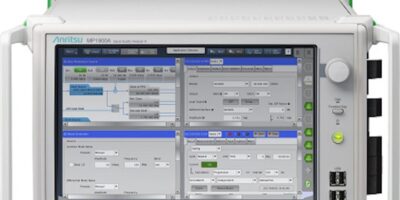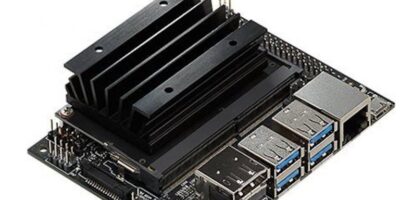At this week’s RISC-V Summit in San Jose, California, USA, Microchip has announced an early access program for its PolarFire SoC.
Explaining the reason behind the programme, Microchip cited the trend towards compute-intensive gateways and edge devices which is driving the integration of traditional deterministic control applications with the additional embedded processing capabilities needed for smart and secure connected systems. The early access programme for the PolarFire SoC FPGA offers what is claimed to be the world’s first hardened real-time, Linux-capable, RISC-V-based microprocessor sub-system on the mid-range PolarFire FPGA family. According to Microchip, this brings low power consumption, thermal efficiency and defence-grade security to embedded systems.
Qualified customers can start designing now with Microchip’s Libero SoC 12.3 FPGA design suite and SoftConsole 6.2 integrated development environment (IDE) for the embedded developer. Customers can also debug embedded applications using Renode, a virtual model of the microprocessor sub-system.
The company believes that, in addition to driving innovation in the embedded space, as designers develop a new class of power-efficient applications, there will also be the opportunities to add “unprecedented capabilities” at the edge of the network for communications, defence, medical and industrial automation.
PolarFire SoC delivers power efficiency that is up to 50 per cent lower power than competitive devices in the industry, said Microchip. This reduces the bill of materials by eliminating the need for fans and heat sinks. It is believed to be the first SoC FPGA with a deterministic, coherent RISC-V CPU cluster and a deterministic L2 memory subsystem enabling Linux plus real-time applications.
The support of real-time and rich operating systems such as Linux is part of Microchip’s growing Mi-V RISC-V ecosystem, a comprehensive suite of tools and design resources developed by Microchip and third parties to support RISC-V designs. Ecosystem partners ready to support PolarFire SoC include WindRiver, Mentor Graphics, WolfSSL, ExpressLogic, Veridify, Hex-Five, and FreeRTOS as well as development tools from IAR systems and AdaCore.







